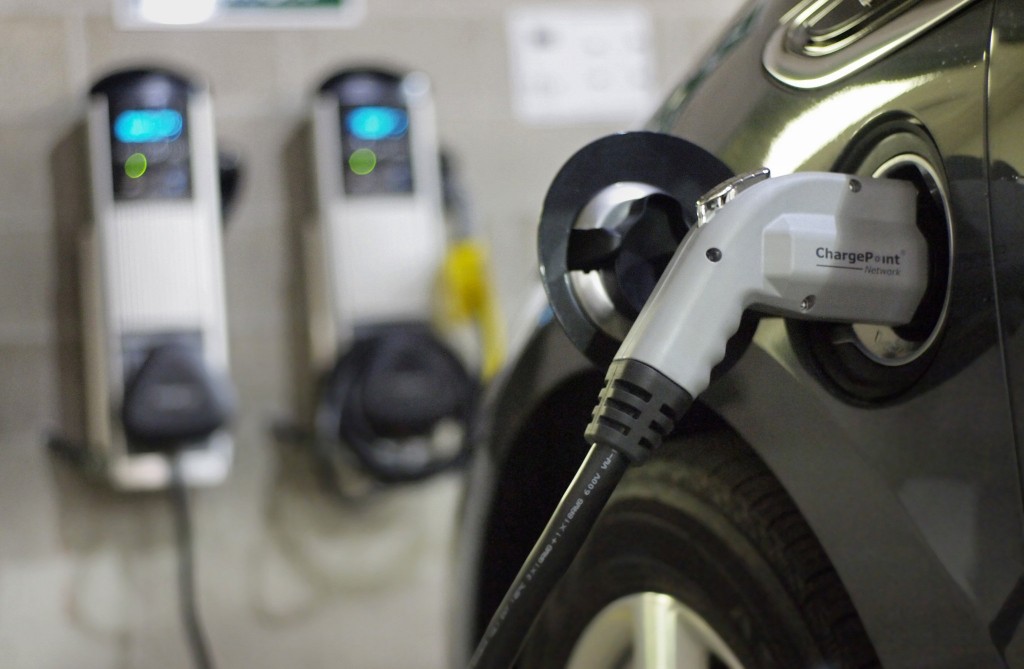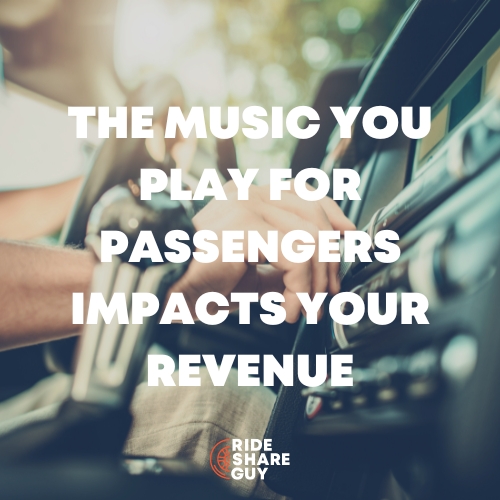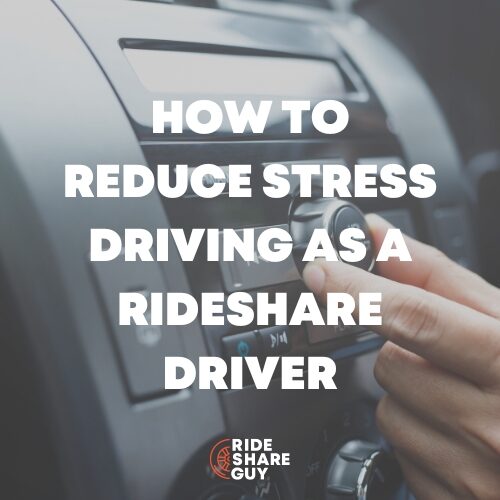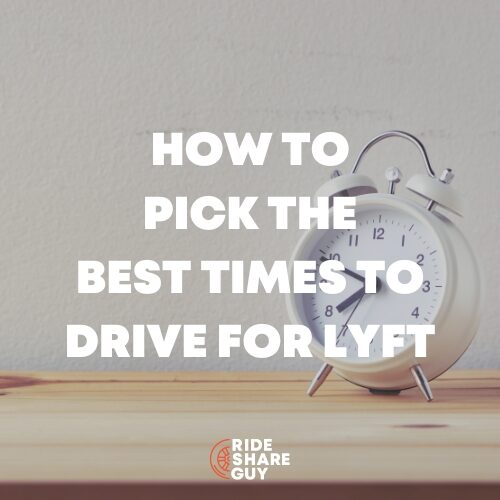👉 Do you use an EV to drive for rideshare or delivery? Join our Facebook Group for EV gig drivers for discussions about the current state and future of EVs.
Christian here, and today we have a guest post from Evercar. Evercar rents cars to rideshare and delivery drivers in Los Angeles with an interesting twist – their rental fleet consists of mainly electric vehicles.
Now, I’ve always been intrigued by electric cars ever since I paid $3.50 a gallon to put gas in my Trans Am. When I was younger, I envisioned building a company that would sell the coolest EVs that people would WANT to drive that would create a bunch of manufacturing jobs in the US. Unfortunately, instead of building a car company from scratch, I spent a bunch of time playing Civ V (2,000 hours according to Steam) while Elon Musk built Tesla. So thanks Elon…

Electric vehicles (EVs) and car-sharing are two innovations that have been slow to reach mass market. However, as rideshare drivers seek creative ways to maximize their profitability, it could be the combination of these innovations and concepts that allows drivers to unlock sustainable value from the on-demand economy.
The Economics of Electric Vehicles
In a world where the average price of a gallon of gas has fallen below $2.00 nationwide (though rising quickly for our fellow Angelenos), it’s easy to dismiss electric vehicles as a legitimate option for rideshare. But because rideshare drivers put a lot of miles on their vehicles, EVs are surprisingly cheap to operate. Meaning the more you drive, the more you save. Plus they’re environmentally friendly and offer a great driving experience.
“If EVs are so cheap, why do so many drivers choose a Prius?”
The upfront cost is a big reason. Purchase price for EVs are generally higher than a traditional vehicle. And while relatively affordable lease options exist, they’re typically quite restrictive, generally capping mileage at 10,000 miles per year. That being said, EVs are cheaper to fuel and maintain than a Prius or other conventional gasoline-powered vehicle (CV), even with cheap gas prices.
Those operational savings become especially valuable in rideshare and delivery scenarios, both due to the high number of miles and the type of miles being driven. As a driver in a large urban area like L.A., you likely do a lot of city driving, which means lots of stop and go, and lots of unpredictability. In fact, our vehicle data show drivers’ average speed is 15-18 MPH and vehicles tend to be stopped more than they’re going.
Maintenance
Because electric vehicles are designed for durability, that type of driving is a total sweet spot. That’s not the case for gasoline vehicles and hybrids. When you drive vehicles with an internal combustion engine this way, it causes a lot of wear and tear as you sit still in traffic, using a motor running on explosions with thousands of moving parts. In contrast, electric motors have just ONE MOVING PART.
It turns out that annual maintenance costs for an EV are roughly a third less than a hybrid and half that of a traditional internal-combustion car. And drivers face fewer scheduled maintenance visits (think: no oil changes!) meaning less time in the shop, and more time on the road.
Novelty Tips
EVs can help you make more money in other ways too. We frequently hear from our drivers that their passengers really like riding in an electric vehicle. They prefer the quiet ride and the fact that everyone can use their “indoor voice” instead of talking over shifting gears and engine noise.
Traveling in a clean vehicle makes passengers feel good about their commute. Our drivers also report higher tips when using an electric vehicle as they’re still a bit of a novelty among riders (though analysts predict they’ll represent 35% of all vehicle purchases by 2040).
Performance
As a rideshare or delivery driver, your vehicle is your office, and EVs are one of the most fun “workplaces” out there. EVs are known for having a stable and quiet ride since they make much less noise than a motor that runs on explosions (ICE). Further, most of the weight in EV’s tend to be in the center and comprised of the battery pack. This leads to more stability combined with a quiet ride.
Acceleration/Torque
There is no torque curve in an EV. It is 100% torque 100% of the time. This is why a Prius is actually kinda fast off the line in traffic; it starts in EV mode and launches with the electric motor. Then the gas motor kicks in, and you notice a drop in torque as you increase in speed. So, imagine the torque of your Prius from 0-10 mph, and extend it to 60 mph.
(Car)Sharing is Caring
We’ve always been taught that it’s nice to share. In the case of rideshare, sharing cars could also be nice for your bottom line.
If you’re not familiar, carsharing creates a network of vehicles located in close proximity to local demand that is accessible 24/7. A membership model is common, with members having access to vehicles in various time increments, i.e. minutes, hours, days.
Shared vehicles among rideshare drivers make a lot of sense because they spread out the costs of buying and maintaining a vehicle among several drivers. Plus, vehicles can be utilized at a much higher rate than with a single owner, which further reduces the total cost of ownership as the fixed costs of owning a car are spread out.
EVs + Carsharing: A Potentially Lucrative Combination
When combined with EVs, carsharing creates additional economic value by distributing higher upfront costs over multiple drivers and many, many miles. Advancements in carsharing technology make it easy for rideshare drivers to use their mobile phone to grab a car whenever they want to drive. Shared EVs can be located near dedicated charging too (helpful if you don’t have the ability to charge at your house or apartment).
In addition, third-parties managing the shared vehicles can ensure they are clean, well-maintained, properly insured, and charged up between shifts. This model also creates an opportunity to minimize common issues related to charging and support. Today, EVs that are utilized heavily are not “plug and play”. Unless you’re lucky enough to drive an extended range Tesla, having someone provide data and analytics will be really important to optimize how you drive, decide when and where you plug-in (so you don’t spend too much time charging), and prevent you from running out of juice.
In our vision, a shared EV isn’t only a shared asset, it’s also a community of shared learning and support. That can translate into the community sharing knowledge — about ideal times and places to charge or how to optimize earnings. It also can mean leveraging a shared resource like roadside assistance or customer support.
It’s easy to see why shared EVs stand to become the de facto vehicles for the rideshare community – they’re good for your pocketbook, your passengers and the planet. Only time will tell, but we think an electrified future for rideshare drivers looks pretty bright.
Drivers, tell us, what do you think about the concept of shared electric vehicles? Would you be willing to share a vehicle if it lowered your vehicle expenses?
-Christian @ RSG
👉 Do you use an EV to drive for rideshare or delivery? Join our Facebook Group for EV gig drivers for discussions about the current state and future of EVs.




